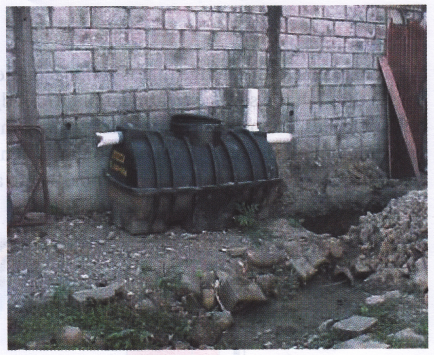Controlling Sewage Generation
A few measures that can be adopted to control the generation of sewage are given below.
- Use flushes with low capacity.
- Never pour household products such as cleansers, beauty products, medicine, automobile oil, and paint down the drain. These contain chemicals which the wastewater treatment plants may not be able to remove. These should be properly disposed.
- Excess cooking oil, butter, meat fats, and plastic should be disposed off in the garbage can. These materials can clog pipes, and could cause sewage to overflow in your home or in public areas.
- Fix leakages in sewer pipes. These leaks can contaminate drinking water, and seep into the water table. It can also stagnate in certain areas on the ground and become the breeding place of disease-causing insects like flies, cockroaches, and mosquitoes
Alternative Methods Of Sewage Disposal
Some alternative methods of sewage disposal are septic tanks, biogas plants, and vermi- composting tanks.
Septic Tanks
In semi urban areas, low-cost septic tanks, also known as onsite disposal system, are encouraged to manage the waste. In this method, household wastewater is allowed to flow into an underground septic tank. Inside the tank, the sludge settles down at the bottom and the lighter waste float on the surface.
Bacteria present in the sewage help in partially decomposing the solid waste.
The liquid waste is then allowed to flow out of the tank through pipes and into the ground where it mixes with the soil below.

Biogas Plants
Another method of waste disposal, which is prevalent especially in village and small towns in India, is setting up of biogas plants. In this method, human and animal excreta flow through covered drains into biogas plants. Microorganisms break down the materials present in the waste and produce biogas. This biogas is then used to produce electricity.
Vermi-composting Toilets
Recently vermi-composting toilets have been developed in India as an alternative method for proper disposal of waste. It is based on an innovative design in which earthworms are used to convert human excreta into compost. There is minimal use of water, and it is a safe and hygienic way of processing human waste.
